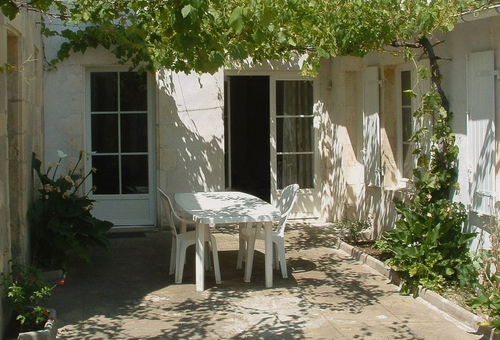Ecomuseum of salt marshes
Located on the edge of the vast expanse of water of Fier d'Ars, the Ecomuseum of salt marshes is an unmissable place the township of Loix. As its name suggests, the museum mainly deals with the history of salt production and the formation of Ré marshes.
The visit of this place offers the possibility to go back in a period when the islands of the archipelago of Ré were still separated. The clay alluvium and the construction of the first salt marshes were at the origin of the unification of these territories to form the present island of Ré.
The museum of Loix tells the history of the saliculture in the island of Ré. It began in the 12th century with the arrival of the monks of the abbey of Chateliers, passing then by its rise in the 15th century, its peak in the 19th century and ends with its decline in the early 20th century.
The Ecomuseum entire collection consists of objects, items and tools used to extract salt. All these elements illustrate the evolution of production techniques as well as the way of life of Ré salt farmers.
We can not talk about the Ecomuseum of Loix without mentioning marshes. Indeed, the visit of these emblematic places of the island is offered to visitors. Marshes are permanent habitats of several species of birds and are stopovers of thousands more during migration periods. Ré marshes host more than 300 species, including herons, ducks, waders, passerines, and much more.
There are also halophilous plants which adapted themselves to this very salty environment. For example, we can talk about salicorn which grows in the marshes before ending in our plates. There is also the obione which is a shrub with rounded and fleshy leaves, or sea lavender which is a perennial plant of 30 to 60 cm height, or the maritime barilla plant which is characterized by its leaves in needle.



